

Two words that aren’t often associated with real-time strategy games: instant gratification. Yet Dawn of War II manages to turn the RTS formula on its ear, putting you in the thick of battle almost 100 percent of the time and ensuring that your moment-to-moment decisions involve picking which alien ass to kick with your giant red armored boot.
It isn’t dumbed down at all, but the focus has shifted to tactical combat. Indeed, Dawn of War II has gone to such lengths to differentiate itself from that other real-time strategy game with space marines fighting aliens that it’s become something else entirely. The transformation goes something like this: take an RTS, add role-playing mechanics like hero unit-leveling, tons of special abilities, and loot, then strip away RTS mechanics like base-building, resource management, and expendable units. The result is a party-based action-RPG with RTS-style controls and camera. Or, like I just said, instant gratification.
It’s a drastic departure, but this formula pays off by dramatically upping the action dosage from your typical RTS - rather than spending half of your time managing unit production and upgrading your troops, you’re in constant combat. Outfitting and upgrading your squads and deciding which missions to take on is handled between missions from the safety of your orbiting battleship in the somewhat shallow meta-game, so all you have to keep track of in battle is the health of your soldiers (they never die, they just become incapacitated until revived). That can be harder than it sounds, because the armor system is difficult to fully comprehend, so when your troops do go down it can take you by surprise.
Everything works brilliantly until your sixth or seventh mission. That’s when the realization dawns on you that most missions are extremely repetitious, dragging down enthusiasm as the 20-plus-hour campaign progresses. Two mission types, each taking between five and fifteen minutes to complete, make up the lion’s share of the game: assaults, in which you fight your way to the opposite corner of the map (optionally detouring to capture factories and shrines to boost to your ship-based support powers), finishing with a super-powerful boss unit; and defense missions where you must protect power generators against increasingly potent waves of attackers.
Only a few of the story missions deviate from these patterns, and there aren’t nearly enough of them to break the monotony. Aggravating this, there are only a handful of maps (three or four per planet) and you burn through missions at a rapid-fire speed, so you’ll probably find yourself constantly muttering, “This map again? Really?” At least the maps are designed to have multiple paths, so you don’t have to play it the same way every time.
Much ado has been made over the cover system; if you set up a gunner squad behind rocks or walls, they take much less damage than they would out in the open. In practice, cover is only really helpful against basic infantry, since nearly every other type of unit has an ability to defeat entrenched units (grenades, jumpjets, teleporters, flamethrowers, rocket launchers, melee charges, etc). Since the majority of the mid- and late-game missions pit you against the melee-focused Tyranids, the importance of cover is diminished. It’s too bad, because when it’s useful the cover-based combat is some of the most tactically interesting gameplay in DoWII.
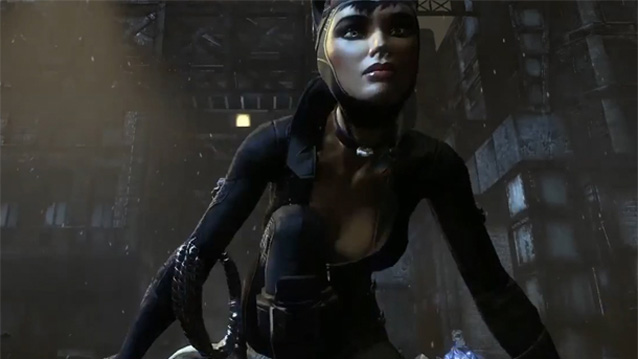
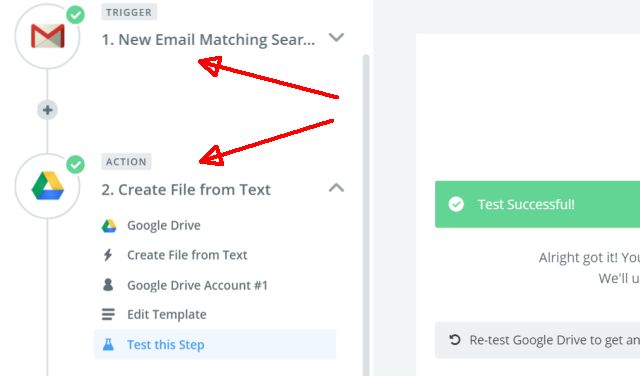
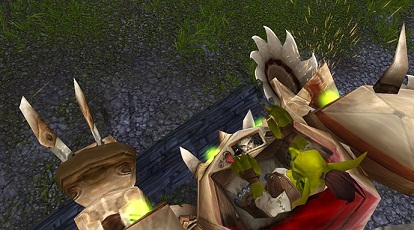

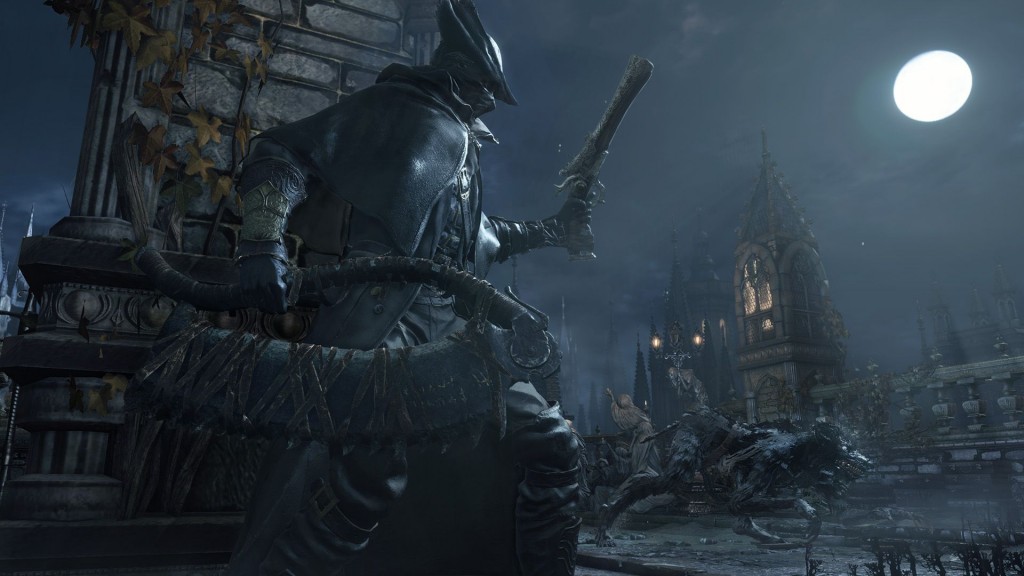 Bloodborne Boss Guide: Best Way to Fight and Beat Father Gascoigne
Bloodborne Boss Guide: Best Way to Fight and Beat Father Gascoigne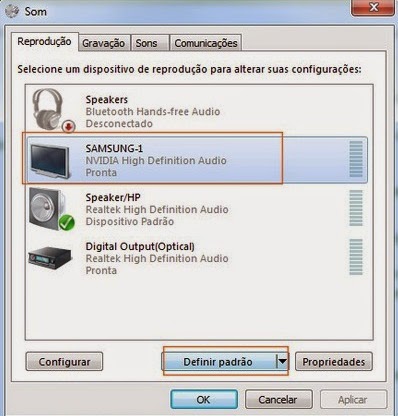 HDMI: Fix sound problems - Set the audio after connecting PC to TV
HDMI: Fix sound problems - Set the audio after connecting PC to TV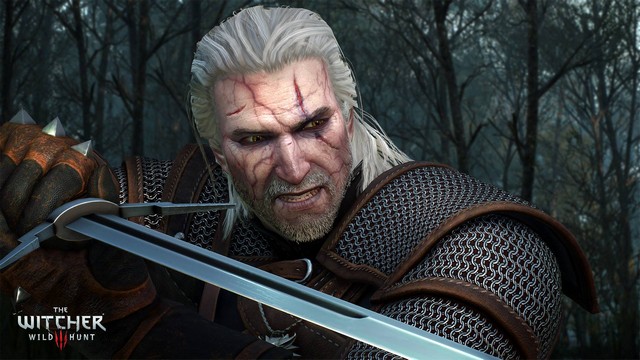 The Witcher 3: Wild Hunt How To Guide On Griffin Armour Location, Stats and Screenshots Also Revealed
The Witcher 3: Wild Hunt How To Guide On Griffin Armour Location, Stats and Screenshots Also Revealed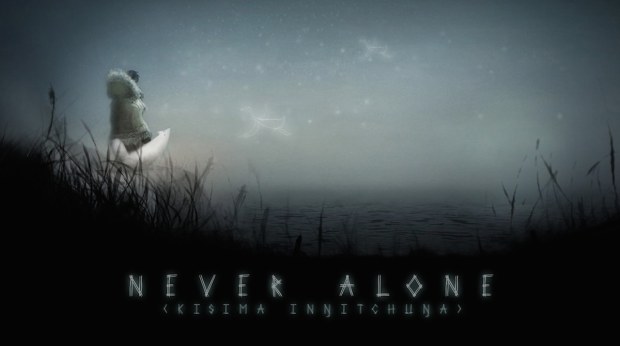 How to Fix Never Alone PC Saved Game Issue, Map Issue, Character teleporting, Frames issues and more
How to Fix Never Alone PC Saved Game Issue, Map Issue, Character teleporting, Frames issues and more Bloodborne: The Old Hunters – Here's how to get the Milkweed Rune
Bloodborne: The Old Hunters – Here's how to get the Milkweed Rune